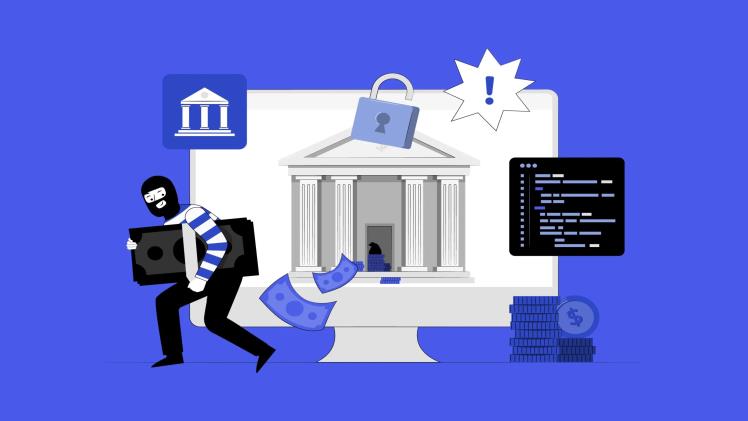In today’s interconnected world, the integrity of both digital and physical transactions is critical. Fraudulent documents, ranging from fake IDs and forged contracts to counterfeit invoices, pose serious risks to businesses, financial institutions, and individuals alike. document fraud detection has emerged as a vital technology to safeguard transactions, ensuring authenticity, accuracy, and trust. By leveraging advanced tools and techniques, organizations can minimize fraud-related losses, protect reputations, and strengthen confidence among stakeholders.
Contents
The Growing Threat of Document Fraud
Document fraud is a persistent challenge across industries. Criminals employ increasingly sophisticated methods to create counterfeit documents that mimic legitimate originals. These fraudulent activities can result in financial losses, identity theft, regulatory violations, and compromised security. The rise of digital documents has further complicated detection, as forgers can manipulate electronic files using advanced software, making it difficult for humans to identify inconsistencies.
Traditional manual verification methods are often slow, error-prone, and insufficient against complex forgeries. This has created an urgent need for automated and intelligent document fraud detection systems capable of identifying discrepancies accurately and efficiently.
Technologies Behind Document Fraud Detection
Modern document fraud detection combines multiple technologies to verify authenticity. Optical character recognition (OCR) enables the extraction of text from scanned or digital documents, allowing automated comparison against official records. Advanced image analysis and pattern recognition help detect alterations, inconsistencies, or anomalies in visual elements such as logos, signatures, or seals.
Machine learning algorithms play a crucial role by analyzing large datasets of legitimate and fraudulent documents to identify subtle signs of forgery. These systems can detect abnormal patterns that might be invisible to the human eye. Biometric verification, including facial recognition and fingerprint matching, further enhances validation, especially in identity documents and digital onboarding processes.
Enhancing Trust in Digital Transactions
In digital transactions, trust is a key factor for adoption and success. Fraudulent documents can undermine confidence in online platforms, e-commerce systems, and financial services. Document fraud detection ensures that all parties involved can verify the legitimacy of contracts, identity credentials, and payment documents, reducing the likelihood of disputes or unauthorized access.
For businesses, this technology streamlines processes such as customer onboarding, loan approval, and digital identity verification. By automating verification, companies can speed up operations while maintaining high security standards. Customers also benefit from enhanced protection against identity theft and fraudulent transactions, creating a safer and more reliable digital environment.
Securing Physical Transactions
Document fraud detection is equally important in physical transactions. Financial institutions, government agencies, and corporate organizations rely on paper-based documents for a range of activities, including loan agreements, property transfers, and legal contracts. By implementing detection systems, these organizations can identify forged signatures, altered forms, or counterfeit identification cards.
This capability protects both the institution and its clients, ensuring that all transactions are based on verified and legitimate documentation. It also strengthens compliance with legal and regulatory standards, reducing the risk of penalties and reputational damage.
Building a Culture of Trust and Accountability
Effective document fraud detection fosters a culture of trust and accountability. Stakeholders, including customers, employees, and partners, can have confidence that the documents they rely on are authentic and accurate. This assurance is particularly valuable in high-stakes industries such as banking, insurance, real estate, and government services, where fraudulent documents can have severe financial and legal consequences.
Moreover, the presence of robust detection systems acts as a deterrent against fraudulent behavior. Knowing that documents are subject to rigorous verification discourages attempts at forgery, further enhancing security and integrity.
The Future of Document Fraud Detection
As technology continues to evolve, document fraud detection is expected to become even more sophisticated. Artificial intelligence, blockchain-based verification, and real-time monitoring are likely to enhance the accuracy, speed, and transparency of verification processes. These innovations will strengthen the reliability of both digital and physical transactions, promoting trust across industries and borders.
By integrating advanced detection technologies, organizations can protect their operations, ensure compliance, and foster confidence among clients and partners. Document fraud detection is not just a technological solution—it is a cornerstone of trust in an increasingly digital and interconnected world.
